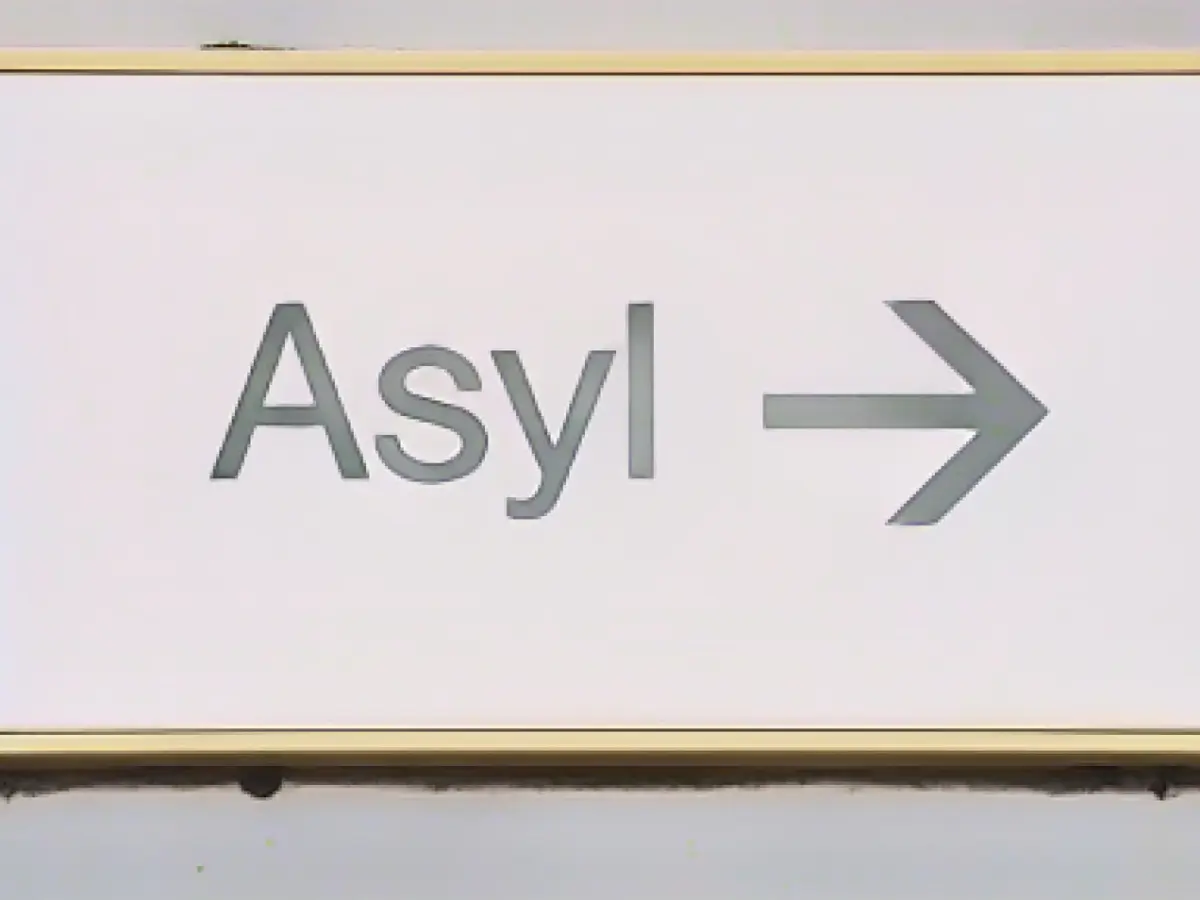EU Asylum Reform: Strengthening Borders and Controlling Migration
The European Union (EU) is revamping its asylum system with stricter measures aimed at curbing irregular migration. After extensive negotiations, EU member states and the European Parliament have reached a consensus on new legal regulations. Though this reform still needs approval from the European Parliament and individual member states, it's expected to be a formality.
Streamlined Border Control
EU borders will now consist of uniform procedures, with focus on handling migrants from relatively safe countries more harshly. Until a decision is made on asylum applications, these individuals will reside in reception camps that offer detention-like conditions.
To distribute refugees more evenly between EU states, a "solidarity mechanism" will be implemented. Countries unwilling to accept refugees will be required to provide support, either in the form of financial aid or other resources. Rejected asylum seekers will also be deported to safe third countries more easily.
Tougher Policies
The EU migration reform calls for several changes aimed at better controlling migration flows. These include:
- Enhanced Screening: An updated screeningateral procedure will quickly identify, register, and refer irregular border crossers for appropriate follow-up procedures, like asylum or removal.
- Standardized Asylum Procedures: A new regulation will standardize asylum procedures across the EU, ensuring these processes are more harmonized and consistent among member states.
- Improved Return Mechanisms: A separate regulation targets individuals whose asylum applications are rejected during the border procedure. These migrants will remain near the external border or in transit zones for up to 12 weeks while their removal is organized.
- Detention and Detention-like Accommodation: New regulations permit detention for rejected asylum seekers, possibly expanding the use of detention-like accommodation for these individuals.
Adjusted Distribution of Refugees
To better share the responsibility of accommodating refugees, the EU plans to introduce harmonized responsibility-sharing mechanisms. However, debates surrounding mandatory redistribution of asylum seekers among member states have caused substantial opposition.
Additional Reform Measures
The new asylum regulations also include:
- Eurodac Expansion: The EU database storing asylum seekers and border crossers' biometric data will be expanded, encompassing more categories of individuals.
- Qualification Regulation: A consistent set of standards will be established for asylum claimants qualifying for protection, uniformizing asylum processes across EU states.
- Revised Reception Conditions Directive: Improved reception conditions for asylum seekers will be standardized across the EU, ensuring better housing and services.
- Common Resettlement Framework: The EU will establish a unified resettlement policy, regulating the resettlement of refugees and humanitarian admissions without obliging member states to accept these individuals.
As the EU further develops its asylum reforms, the controversy surrounding human rights compliance and potential deterrence measures persists.








